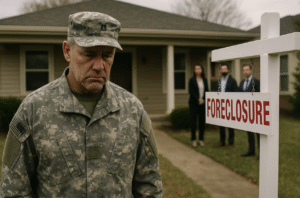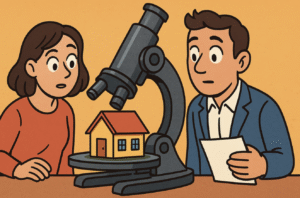I always look for lessons in leadership everywhere I can.
Why it matters: On Wednesday evening, we watched The Six Triple Eight on Netflix. It was full of leadership lessons. (Spoilers follow if you haven’t seen it yet.)
It’s a historical recounting of the only battalion of African American Women’s Army Corps sent to Europe in WWII.
Families back home hadn’t received any mail from their soldiers in at least 10 months. and soldiers’ morale was suffering because they hadn’t received any letters from home during the same time.
All mail processing and transportation had been deprioritized for months to instead focus on the D-Day invasion and the all-out offensive to defeat Hitler’s fascist regime.
Other battalions had been sent in to clear up the backlog of mail processing and transporting, but all had failed. Dr. Mary McLeod Bethune worked with Eleanor Roosevelt and FDR to press the generals to use the 6888 W.A.C. Battalion to clear up the backlog and get the mail moving again.
Major Charity Adams commanded the 6888. She is a study in great leadership.
Faced with over 10 million pieces of mail overflowing in 10 airline hangars, she marshaled her 855 soldiers to action. With her leadership, they turned a run down school campus into a barracks and mail processing facility. The generals gave her six months to clear up the backlog.
Her troops came to Scotland in a small passenger ship, tossed in rough seas for days. They were tired and sea sick, but she — following her commanders’ orders — marched them from the dock to their station.
The soldiers had been given menial tasks for months leading up to the deployment, handling phones, transcriptions, and other secretarial work. When they heard that they were going to be processing mail, they felt that it was going to be just another menial task to complete.
But Major Adams clearly drew the line between the mission and their daily task: They would be responsible for bolstering support for the soldiers and the war effort back home. At the same time, they would be rebuilding the morale of the field soldiers who hadn’t heard from home for months. She explained the value of the task of handling millions of pieces of paper and packages: They weren’t just pushing paper. They were winning the war.
At first, she tried to lead with a top-down approach, micro-managing the processing and transporting of the mail. However, when thousands of pieces were returned as undeliverable, she humbly asked her soldiers what they thought could fix the problems.
Immediately, the soldiers came forward with dozens of new ideas, information, processes, and tricks to get the mail to the correct recipients.
She thought outside the rules and agreed to allow her soldiers to open the mail and read the letters for clues whenever they couldn’t read the scribble on the envelopes.
She stood up to the generals and others working against her, personally, and those treating her soldiers as less than worthy of respect.
She demanded perfection and held her soldiers to a high standard, but she was humble enough to know when she needed help from those same soldiers.
In the end, the 6888 cleared the backlog of mail in less than 90 days and then did it again in the Pacific with an even larger backlog.
The bottom line: Major (and later, Lt. Col.) Charity Adams:
-
exemplified the power of connecting the dots of the vision and mission to the tedious daily tasks her followers were expected to do. She gave them the big picture clearly and made sure they understood their role in helping to win the war.
-
exhibited humble yet confident leadership. She wasn’t afraid to ask her followers for their input and then put those ideas into action.
-
focused on processes and people to get the job done perfectly and under deadline without letting her ego be an impediment.
-
created 855 future leaders, some of whom are still alive today at over 100 years old. And that is the true testament to her leadership abilities, as well as something we can all use as a touchstone of great leadership.













